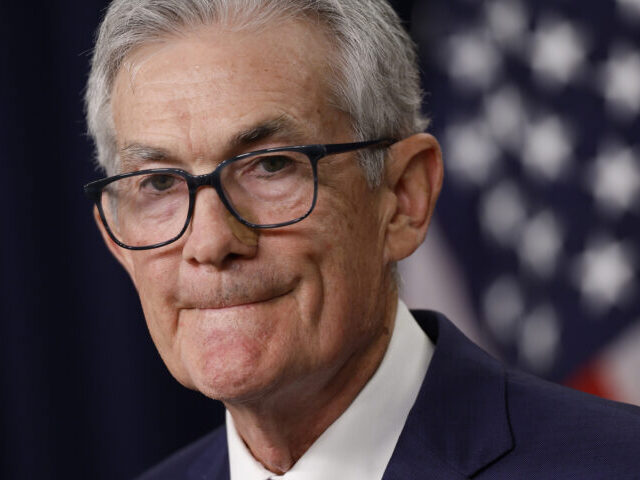Inflation took a breather in May, cooling to its lowest annual rate in over three years, according to key data eyed by the Federal Reserve.
The core personal consumption expenditures price index, which excludes food and energy prices, nudged up by a mere 0.1 percent last month. Annually, the index rose 2.6 percent, a slight dip from April’s 2.8 percent, the Commerce Department reported Friday. These figures matched estimates, marking the lowest annual inflation rate since March 2021, when inflation first exceeded the Fed’s 2 percent target.
When accounting for food and energy, headline inflation remained unchanged in May and also recorded a 2.6 percent year-over-year increase, aligning with market expectations. On a month-to-month basis, the personal consumption expenditures price index was flat, indicating no rise in the total basket of prices tracked by the Commerce Department inflation measure.
The index tracking goods prices fell 0.4 percent after three months of rising goods prices. Durable goods prices fell 0.8 percent, the second consecutive decline. Nondurable goods prices declined 0.2 percent. The index measuring services prices rose 0.2 percent.
Food prices were up 0.1 percent, the first rise after two months of flat or declining prices. Energy goods and services prices fell by 2.1 percent.
A measure called “market based” PCE prices, which excludes nonobservable prices that are imputed in the estimates of inflation, was flat for the month. Core market based PCE prices rose 0.2 percent.
Beyond the inflation figures, the Bureau of Economic Analysis highlighted that personal income saw a solid rise of 0.5 percent in May, surpassing the 0.4 percent estimate. Consumer spending, however, lagged, climbing just 0.2 percent against a predicted 0.3 percent. Wages rose 0.7 percent for the month, the strongest in several months.
The Federal Reserve uses the personal consumption expenditures price index as the yardstick for its two percent target. The fall in consumer spending and inflation, if maintained in the months ahead, could set the stage for a cut from the Fed later this year or early next year. The higher than expected personal income and wage figures, however, push the other way and could encourage Fed officials to continue to wait for more data to see how inflation develops later this year.

COMMENTS
Please let us know if you're having issues with commenting.